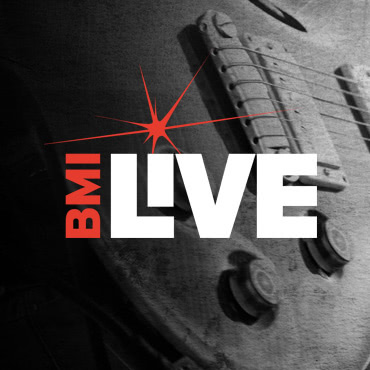I Want It to Sound Just Like That
Why it never hurts to use a record that really moves you as a sonic reference for your own work

Maybe it’s the massive bass-and-drums foundation, or the layers of guitars and synth that seem to flow over you like warm jets—there are times when you’re so blown away by a production that all you want is that sound on your next recording. While some of the magic may be the result of pricey equipment that we may never get our hands on, it never hurts to use anything that really moves you as a reference for your own work. Before the next session, spend some time dissecting a few of your all-time faves, listening in particular to the way the recording is balanced (including placement of the instruments in stereo), how (and what kind of) effects are utilized, or what makes the vocal sound so up close and striking, even on a louder song.
Getting the balance right. A really compelling track is often built around a unique blend of sounds that work together to form a cohesive whole and, most importantly, never overwhelms the vocalist—even when there are a lot of decibels being thrown around you can clearly hear the tone and contour of every instrument. The bass and bass drum are locked tightly, and the sound of each is adjusted so there’s ample punch but without completely flooding the mix with low end; similarly, guitars will have a rounded sound that makes even the loudest leads feel smooth rather than a trebly ear-drum pummeling. And the way that the elements are arranged across the stereo field is also an essential part of an inspired mix. All of this is no small feat, but it’s part of what makes great engineers worthy of their pay grade.
Clever use of effects. Effects like echo and delay are typically used to provide a sense of space on an otherwise bone-dry recording, and are often added after the fact, rather than “printed” while tracking. But with a little ingenuity you can make these effects part of the performance, rather than mere seasoning. An old favorite trick is to set a delay with a quick, short repeat, and effect time adjusted to match the song’s meter; you might also consider using a reverb to elongate a sudden stop, or to accent the end of a guitar solo; or running a guitar or keyboard through a tremolo device to create a fixed click-like rhythm throughout.
A stand-out vocal track. A really great recording just doesn’t exist without a really great recorded vocal. Take the most ferocious-sounding classic rock or club track you can think of, and chances are the singer more than rises to the occasion, with words that are clearly audible above the din and a delivery that engages you from note one. How do they make that happen? First, by having a singer that can recreate the vibe of a live performance in a studio setting—no small feat, but one that is essential to having a vocal with strength and clarity. Other ingredients include technical aids such as compression (used very lightly) to keep the singer’s output uniform, as well as equalization to ensure the vocal frequency range doesn’t clash with the other instrumentation. And of course an engineer that knows how to “ride” the vocal track to ensure it’s constantly the center of attention, no matter how much mayhem is taking place around it.
Naturally there are various post-studio tasks that help bring the magic, among them mastering, which adds that crucial final coat of wax through equalization and compression, giving the music that extra punch needed to reach the masses. Your job is to make it sound as compelling as possible before it leaves your door—and following some of the above steps can help get you there.






Community
Connect with BMI & Professional Songwriters